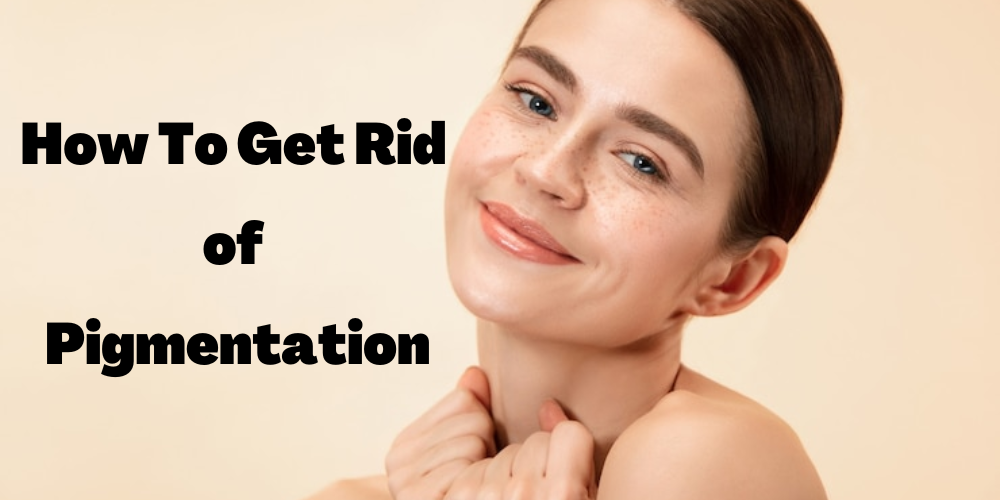Introduction
Hyperpigmentation is a common skin concern that affects many individuals. It refers to the darkening of certain areas of the skin due to an overproduction of melanin. In this article, we will explore the causes of hyperpigmentation, different types of hyperpigmentation, and effective treatment options. From skincare tips to recommended products, we will provide a comprehensive guide to help you understand and address hyperpigmentation concerns. By gaining a deeper understanding of this condition and utilizing the right products and treatments, you can achieve a more even and radiant complexion.
Understanding Hyperpigmentation
1. Causes of Hyperpigmentation
Sun Exposure: Overexposure to the sun’s harmful UV rays triggers the production of melanin, leading to dark spots and uneven skin tone.
Hormonal Changes: Fluctuations in hormone levels, such as during pregnancy or due to hormonal imbalances, can stimulate melanin production and result in hyperpigmentation.
Inflammation: Skin inflammation caused by conditions like acne, eczema, or psoriasis can lead to post-inflammatory hyperpigmentation (PIH) as the skin heals.
Skin Injuries: Trauma to the skin, such as cuts, burns, or surgery, can stimulate melanocytes, causing excessive melanin production and subsequent hyperpigmentation.
Aging: As we age, our skin becomes more susceptible to hyperpigmentation due to accumulated sun exposure and decreased skin cell turnover.
Genetics: Certain genetic factors can contribute to an increased susceptibility to hyperpigmentation.
Medications and Treatments: Some medications, such as certain antibiotics or hormonal medications, can cause hyperpigmentation as a side effect. Additionally, certain cosmetic treatments, like laser treatments, can result in temporary hyperpigmentation.
Skin of Color: Individuals with darker skin tones are more prone to hyperpigmentation due to higher melanin production.
2. Types of Hyperpigmentation
Melasma: This type of hyperpigmentation is characterized by dark patches on the skin, typically on the face, triggered by hormonal changes, such as during pregnancy or due to contraceptive use.
Post-Inflammatory Hyperpigmentation (PIH): PIH occurs as a result of skin inflammation, such as acne, eczema, or psoriasis. It appears as dark spots or patches that develop after the initial inflammation has healed.
Sunspots or Solar Lentigines: These are commonly known as “age spots” and are caused by cumulative sun exposure over time. They typically appear on sun-exposed areas, such as the face, hands, and shoulders.
Freckles: Freckles are small, concentrated areas of melanin on the skin, usually appearing on fair skin types and becoming more pronounced with sun exposure.
Dark Spots from Scarring: Hyperpigmentation can occur as a result of skin injuries, such as cuts, burns, or surgical scars. The dark spots form as the skin heals and are often temporary.
Treatment for Hyperpigmentation
. Sun Protection
Emphasize the significance of sun protection in preventing and treating hyperpigmentation. Discuss the importance of wearing sunscreen daily and using protective clothing and accessories.
. Skincare Routine for Hyperpigmentation:
Provide a step-by-step guide to a skincare routine tailored for hyperpigmentation. Include gentle cleansers, exfoliants, brightening serums, and moisturizers with ingredients like vitamin C, niacinamide, and alpha hydroxy acids.
. Targeted Treatments
Explore various treatment options for hyperpigmentation, such as chemical peels, microdermabrasion, laser therapy, and prescription medications. Highlight the importance of consulting a skincare professional for personalized treatment recommendations.
. Natural Remedies
Discuss natural ingredients known for their skin-lightening properties, such as licorice extract, kojic acid, and azelaic acid. Provide tips on incorporating these ingredients into a skincare routine for hyperpigmentation.
Products for Reduce HyperpigmentationSunscreen
. Sunscreens
Highlight broad-spectrum sunscreens with a high SPF that protect against both UVA and UVB rays.
. Brightening Serums:
Recommend serums containing ingredients like vitamin C, niacinamide, and alpha arbutin, which help reduce hyperpigmentation and even out skin tone.
. Exfoliants
Suggest chemical exfoliants, such as alpha hydroxy acids (AHAs) and beta hydroxy acids (BHAs), which help remove dead skin cells and promote cell turnover.
. Moisturizers
Apply Moisturizers with hydrating ingredients like hyaluronic acid, as well as those containing brightening ingredients like licorice extract or kojic acid.
Conclusion
Hyperpigmentation can be a source of concern for many individuals, but with proper understanding and treatment, it is possible to achieve a more even and radiant complexion. By incorporating sun protection, a targeted skincare routine, and suitable treatments, you can effectively address hyperpigmentation concerns. Remember to consult a dermatologist or skincare professional for personalized advice and treatment recommendations. With dedication, patience, and the right products, you can embrace healthier and more balanced skin, free from the burdens of hyperpigmentation.


